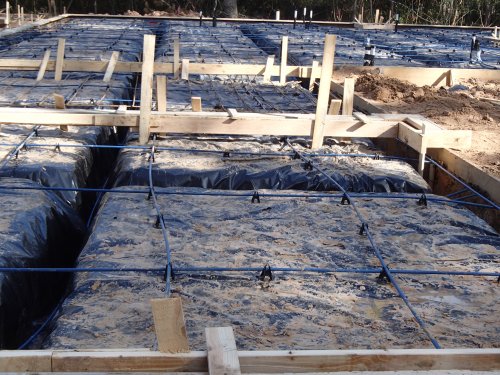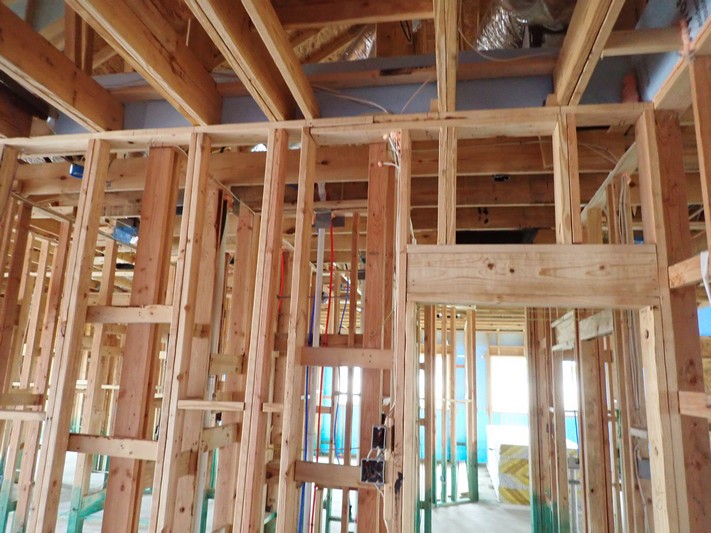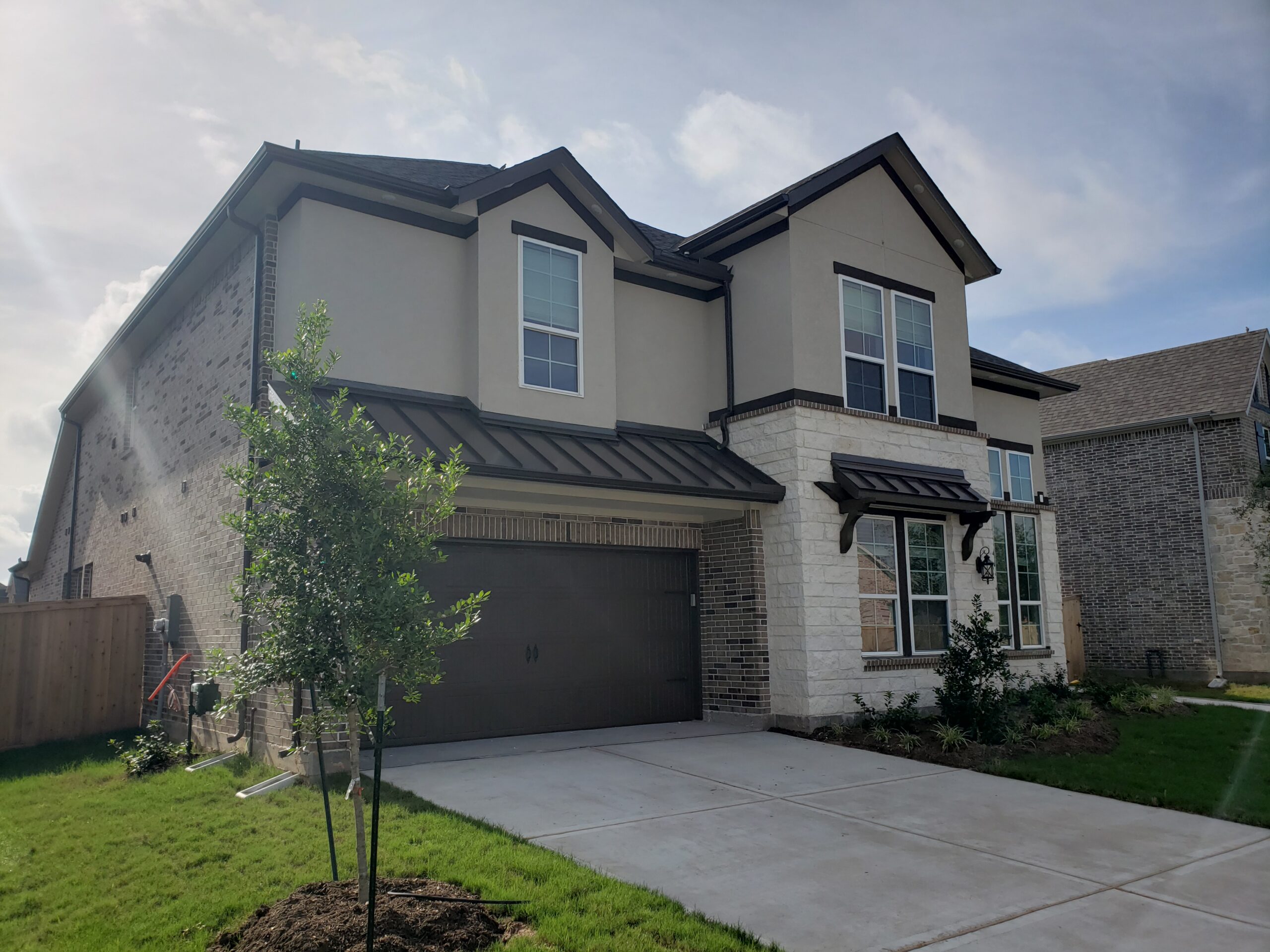When a client calls into the office they often are unclear on when to schedule inspections during the construction process of their home or building. This is daunting to consider and unfortunately is often an afterthought when they think they see something going wrong. While scheduling inspection periods should be part of the inspection process this important aspect is often overlooked. Most production builders would prefer you not bother and will ensure you that you can rely on their in-house third-party inspection contractors. We do not recommend this approach because most of the third-party contractors are inspecting to a checklist pre-arranged with the builder limiting the scope of their inspections and because you will never see these reports or concerns as you are not the inspector’s client.
While most clients would like to have an inspector available for multiple visits, or to be available on call, this is typically not financially reasonable. To be cost effective for the company providing the inspection there is typically a minimum fee to cover travel time to and from the site, basic report preparation, and the minimum time anticipated for the inspection or consultation requested. Fees increase from that point as the scope of the inspection and time required to complete it and issue a written report increase. While Professional Engineering Inspections, Inc. can accommodate inspections upon request, they are not always the most cost-effective method of inspecting the building because components and systems may not be complete or visible, reducing available information which can be collected during certain stages while time costs for being on site do not change. For example, performing a site inspection during drywall rough-in is not very economical because the mechanical and electrical systems are largely incomplete and no longer visible once rough drywall is installed. As a result, we have broken inspection periods into 3 major periods which we feel are the most cost-effective times to collect the best information.
Pre-Pour Foundation Inspection
We inspect the preparations for placement of concrete during construction of the foundation. This inspection should be scheduled at least 24 hours prior to placement of concrete so that we have time to generate a report for use by the contractor and client. This allows time to make any corrections or in some cases to allow the engineer of record to make recommendations for corrections when necessary. We do try to schedule this type of inspection with sufficient time to generate a report the same day or within approximately 12-hours. This does result in a more costly inspection because the report is written by hand as a custom report so if more time is available be sure to let our office know and we can often reduce costs when a 24-hour turnaround is acceptable. Often scheduling for this type of inspection is difficult with production builders due to weather and an ever-changing schedule as they are trying to place concrete for several houses on the same day and all preparations must be completed.
Although many builders will not release plans, we do request plans be made available prior to the inspection or on site so that we can evaluate construction details and specifications to the extent possible for a visual inspection. We understand they are not always available. The purpose and scope of this inspection can be found on our inspection type description page.
Top-Out Framing Inspection
We believe the most cost-effective time to inspect framing is just prior to placement of insulation. This is typically referred to as “Top-Out”. In this stage of construction all framing is completed and has been “punched-out” by the builder for defects. The roof is installed, the building is dried in with installation of water-resistant barrier and windows, and the mechanical and electrical systems are roughed-in. This inspection should be coordinated with the builder to ensure these systems are completed. While we can inspect prior to completion of rough-in of mechanical and electrical systems it reduces our ability to detect defects in these systems or damage which can occur to the framing during their installation.
This is also a good time to review the roof installation. If we can safely access the roof (not too steep, not wet due to rain, and no muddy conditions around the building) the roof shingles typically are not sealed down yet (unless it is mid-summer and really hot) and we can verify the quality of nailing and placement of nailing. This is a visual inspection and we do not access areas deemed unsafe by the inspector performing the inspection. See the purpose and scope for this inspection.
Final Inspection
Final inspection of the building should be performed when the builder believes that they are completed, and the building is ready to move in. We would prefer to inspect 48 hours prior to your final walk through and after final cleaning of the building has been completed. While we understand this is not always possible due to differing builder protocols and schedules this would be our best recommendation. At a minimum all of the plumbing and appliances should be installed and working. As this is largely a finish work inspection finishes should be complete. See our inspection purpose and scope description for this inspection.
If you have questions about when to schedule your inspection or have a special case, please contact our office and we would be glad to discuss your needs. We should be able to accomodate your inspection needs.





Recent Comments